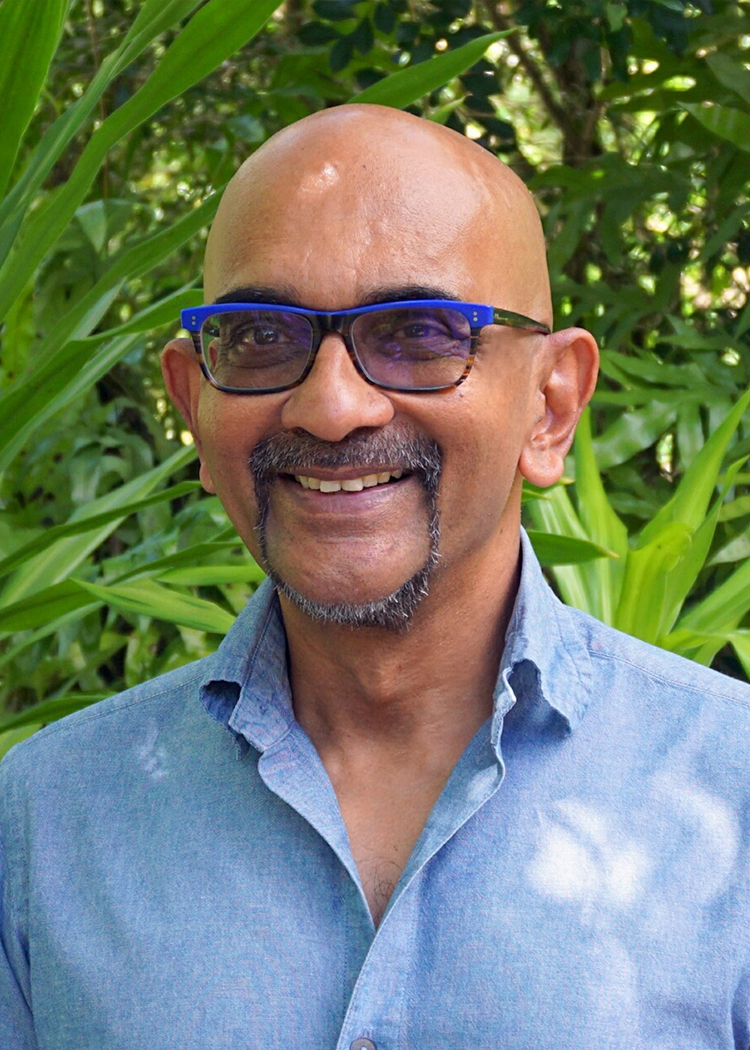I wrote the first iteration of this article in May 2020 barely two months after the Seychelles first closed its borders and I was already saying that the COVID-19 crisis was not a contretemps. I said that its impacts would hollow out the conservation of biodiversity as we know it and may even fail large swaths of it. The traditional sources of funding would dry out. Financial concerns at the time, and indeed proven right today, included the collapse of tourism, which many conservation organisations depend on heavily, sharp and rapid decline in the value of trust funds and investments, uncertainty about the continuity of bilateral and multilateral donor funding, and default by governments, many of whom in our region are already heavily indebted. We will not have money to keep staff or to buy equipment and materials, I said. Volunteers, consultants and international researchers will have difficulty traveling because of lockdowns and concerns.
The conservation community has been caught in the COVID-19 backdraft and must move on. But where do we go and how do we do it? Disruptive technologies are a global megatrend and most likely the future of conservation. The Internet of Things, Artificial Intelligence and machine learning, block chain and cryptocurrencies, should play key roles in conservation. Traditional conservation will need to leapfrog into what we can call “e-conservation,” a brave new world whose foundations are already built.
Traditional money is already scarce and cryptocurrency may find enormous traction. China is shaping to be the first major economy to launch a digital currency. Facebook and others are also working on their own digital coins. The IUCN, Porini Foundation and Nature Seychelles’ conservation cryptocurrency offered some years ago was too far ahead of its time and needs to be relaunched. There is an urgency for conservation organisations and financial institutions to work together to plot out ways to use cryptocurrency.
Block chain is a generic instrument that can be used for a multiplicity of purposes in conservation. It will be a keystone in any new conservation architecture. A few examples where block chain is being used in conservation are tracing fish from ‘bait to plate’ to manage sustainable fisheries, assuring donors that their funding goes corruption-free to the intended programmes or communities, tracing illegal dumping, crowd funding reforestation, putting in pace-smart, tamper-proof contracts, and assuring carbon offset programmes.
As tourism to our protected areas and sites disappears, can we turn to live video streaming and ask people to pay for that? WildEarth safariLIVE does this by streaming live, unscripted safaris with an expert, game ranger host in a vehicle, on foot or using drones, balloons, rovers and remote cameras. At some point, we will envisage our avatars strolling along with the game ranger through a live stream of a national park. We are standing at the gateway of an exciting new world where people will explore and experience the natural environment in never-before imagined ways. We need to be able to monetize these experiences so we can reap benefits.
Digital technologies are playing greater roles in e-learning, and gaming can also be employed to draw people into conservation and even for behavioural change. The possibilities of engaging children and parents in conservation using digital technology are endless. Industries are already using tracking devices and equipment can be produced using 3D printing. Drones can surveil our sites and visual and acoustic monitors can inform us of illegal activity. Satellites are apprising us of illegal fishing in our Exclusive Economic Zones. A portable lab called GENE is able to extract, amplify and sequence DNA even in the most remote field conditions. DNA barcoding helps track the illegal wildlife and fisheries trade. Data collection tools like CyberTracker generate and access big data. Citizen science can become more effective by using apps like iNaturalist and WikiAves that employ algorithms to recognize species.
A commonality among many of the tools is that they were originally developed for other purposes. Conservationists must now move from being tech consumers to tech drivers and innovators - new tools must be developed for the new needs of conservation. Bioinformatics, for example, is a growing science, which aims to develop common, easy-to-access e-infrastructure, which will integrate biodiversity research. A few groups like WILDLABS, the Conservation Technology Working Group and TechnEcology are already in some of these spaces.
This crisis has been a red alert for conservation for a year now. Things cannot work themselves out as we watch. We need donors to make the initial investments to catalyse the transition into e-conservation. We need global conservation organizations to bring donor, tech and conservation communities together so the appropriate set up and tools are developed. We need the institutions and people working in conservation to be capacity-built to be able to utilize new tech and help develop e-conservation. Such actions are not occurring fast enough. If we do not see serious scale-up, I predict that many otherwise good conservation institutions and programmes will soon end up on drip feed or worse.
About the author

Dr Nirmal Jivan Shah is a Seychellois environmentalist, sustainable development specialist and educator with over 35 years of experience. He has occupied senior positions in the Parastatal, Government, private and NGO sectors as well as worked for international organisations such as the World Bank, IUCN, BirdLife International and several UN agencies. He has developed many important policy and planning instruments including the Environment Management Plan for Seychelles and the Seychelles’ NBSAP. He is a leading civil society leader and one of his achievements was setting up the Wildlife Clubs of Seychelles. He is the Chief Executive of Nature Seychelles where he has led some of the most inspiring projects in conservation including those which rescued critically endangered birds and restored entire islands. Recently, some of the posts he has occupied include the President’s Special Envoy for Environment and Climate Change, Chair of the Seychelles Fishing Authority and the Chair of the Seychelles National Environment Advisory Council. Dr Shah has appeared in media all over the world including on CNN, BBC, Sky, AFP, Reuters TV, SABC, CCTV, PBS, RTF, ZDF and appearing live on the Today Show on NBC.



